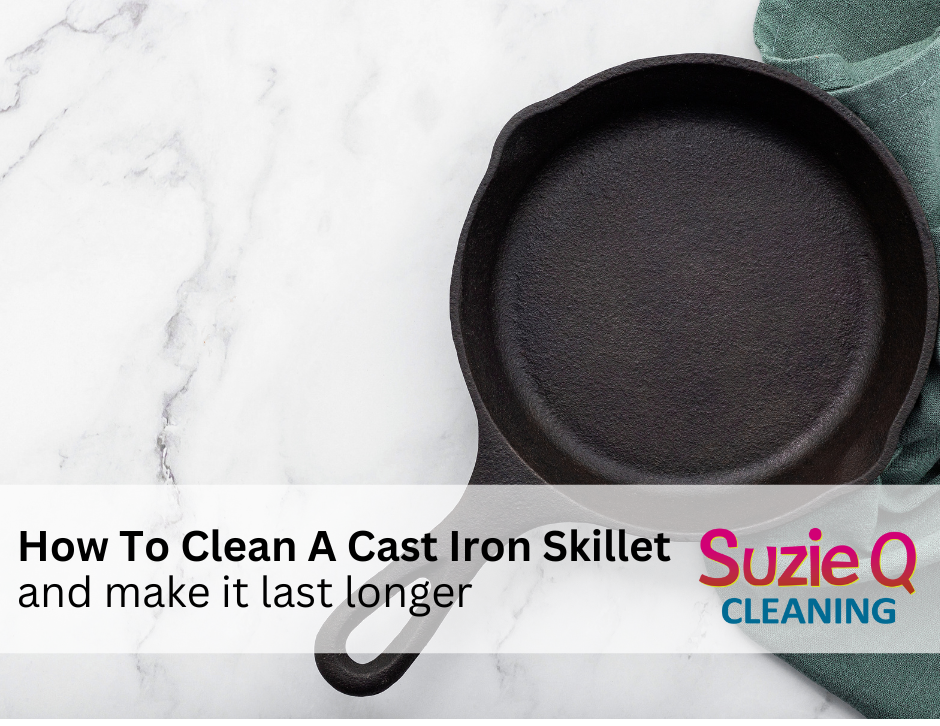How To Deep Clean Your Dishwasher - Cleaning Tips from Local Professional Cleaners
- Suzie Q

- Jul 11, 2023
- 3 min read
A dishwasher is a true kitchen workhorse, making our lives easier by tackling the dirty dishes day in and day out. But just like any other appliance, dishwashers require regular maintenance and cleaning to ensure optimal performance, especially here in Florida where the water is hard. In this post, your favorite professional cleaners provide you with step by step cleaning tips on how to deep clean your dishwasher, leaving it fresh, sparkling, and ready to tackle the next load of dishes with ease.
Step 1: Clearing the Debris Before diving into the deep cleaning process: It's important to clear out any visible debris from the dishwasher. Remove any loose food particles, broken glass, or other items that may have found their way into the dishwasher's interior or filter. This simple step will prevent clogs and improve the efficiency of the cleaning process.
Step 2: Cleaning the Filter: The dishwasher's filter is an essential component that traps food particles and prevents them from clogging the spray arms and drain. Remove the filter according to the manufacturer's instructions, and give it a thorough cleaning. Rinse it under warm water, scrubbing gently with a soft brush to remove any stubborn residue. Make sure to check for any damages and replace the filter if necessary.
Step 3: Wiping Down the Interior: Next, wipe down the interior of the dishwasher. Start by using a damp cloth or sponge to clean the door, paying extra attention to the edges and rubber seals. Then, mix a solution of equal parts water and vinegar or lemon juice. Dip a cloth or sponge into the mixture and wipe the interior surfaces, including the walls, racks, and spray arms. This will help remove any stains, hard water deposits, or unpleasant odors.
Step 4: Unclogging the Spray Arms: Over time, the spray arms in your dishwasher may become clogged with mineral deposits or debris. To clean them, detach the spray arms and soak them in warm water and vinegar for about 15-20 minutes. Afterward, use a toothpick or a small brush to dislodge any remaining particles from the spray arm nozzles. Rinse them thoroughly and reattach them to the dishwasher.
Step 5: Running a Cleaning Cycle: Many dishwashers come equipped with a self-cleaning cycle. Consult your dishwasher's manual to locate this feature, as it can vary depending on the make and model. Run the cleaning cycle with an appropriate dishwasher cleaner or by using a cup of white vinegar placed on the top rack. This will help eliminate any lingering bacteria, odors, and mineral deposits within the dishwasher.
Step 6: Maintaining Regular Maintenance: To keep your dishwasher in excellent condition, it's important to incorporate regular maintenance into your routine. Here are a few additional tips:
Scrape off excess food from dishes before loading them into the dishwasher.
Avoid overloading the dishwasher, as it can impact cleaning efficiency.
Use high-quality dishwasher detergent and rinse aid for optimal results.
Check and clean the dishwasher's drain periodically to prevent clogs.
Run hot water in the kitchen sink before starting the dishwasher to ensure it begins with hot water.
A deep-cleaned dishwasher not only ensures sparkling clean dishes but also prolongs the lifespan of your appliance. By following these steps and incorporating regular maintenance practices, you can keep your dishwasher running smoothly and efficiently for years to come. Remember, a little maintenance goes a long way when it comes to your dishwasher's performance.
Check back to our blog for more professional cleaning tips from your trusted local cleaning professionals!





Comments